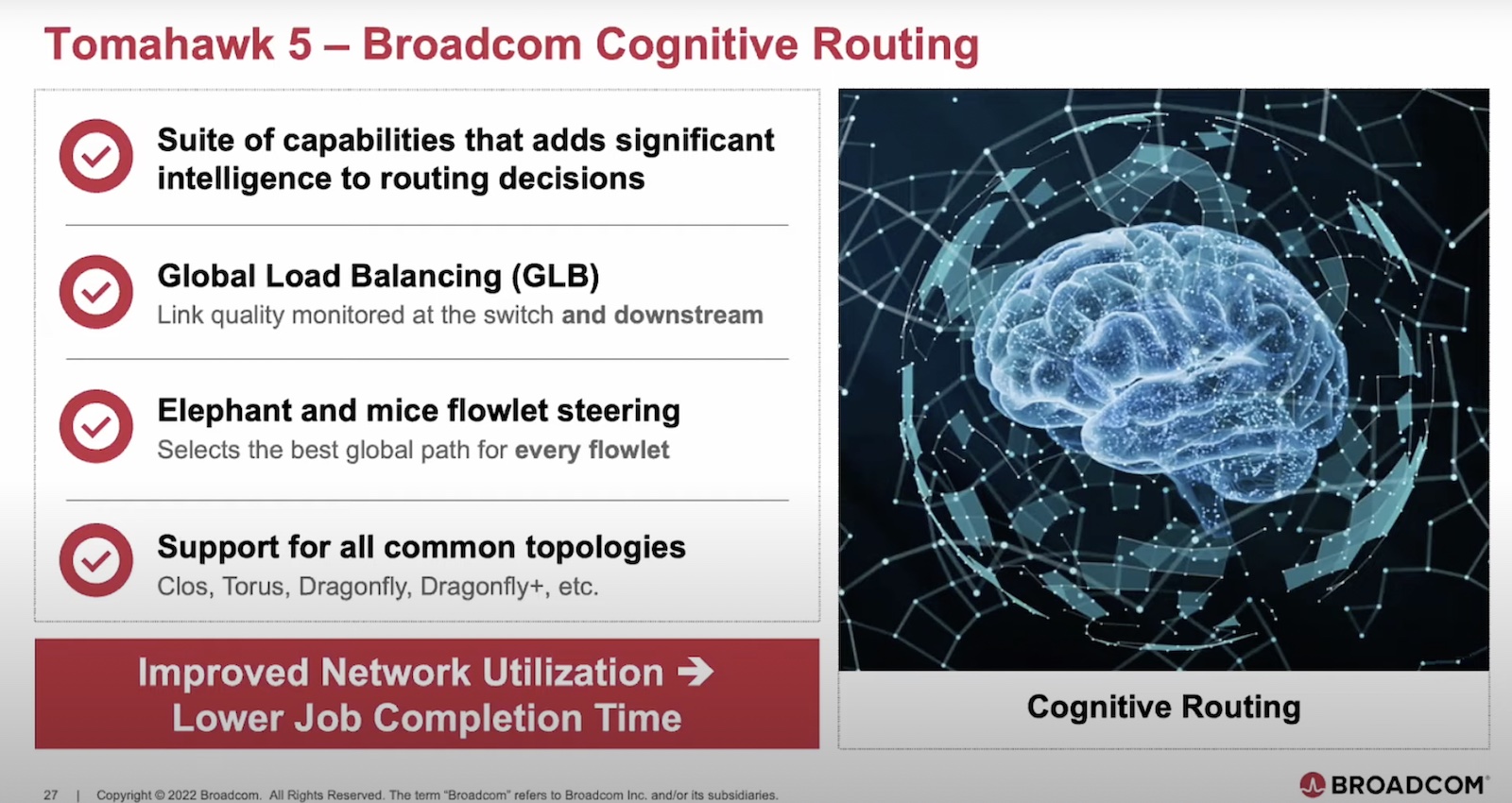“Maximizing Hyper-V iSCSI Performance with Microsoft and Intel” might sound like another “blah blah” marketing piece, but a little birdy tells me that this webcast will drop a bombshell about iSCSI performance.
Lots of storage and networking folks don’t give iSCSI and Microsoft the credit they deserve. “iSCSI is cheap and easy,” they say, “but real performance requires Fibre Channel.” Those of us who have an open mind about such things know that this is simply not the case. The fastest SAN I ever saw was based on iSCSI, and Microsoft demonstrated wire-speed iSCSI over 10 Gb Ethernet in March. I never saw a Fibre Channel SAN (even an 8 Gb/s one) push over a gigabyte per second over a single link!
Still, ask the average sysadmin and they will tell you that iSCSI isn’t for high performance applications. That’s why folks should tune in to this webcast, as Microsoft and Intel knock down another iSCSI performance myth. Note that even though Hyper-V is called out in the title and description, this discussion is really about Windows Server 2008 R2 and applies equally regardless of whether or not you use Microsoft’s hypervisor.
Watch this space for a summary of the news immediately following the announcement.
- What: Maximizing Hyper-V iSCSI Performance with Microsoft and Intel webcast
- When: Thursday, January 14, 2010 8:00 AM Pacific Time
- Where: MSEvents.Microsoft.com
- Who: Anyone interested in high-performance storage and server I/O
© sfoskett for Stephen Foskett, Pack Rat, 2010. |
Microsoft and Intel Pushing iSCSI Performance Limits
This post was categorized as Enterprise storage, Gestalt IT, Virtual Storage. Each of my categories has its own feed if you’d like to filter out or focus on posts like this.






Possibly the iSCSI SAN you mention had been tuned specifically for a benchmark whereas the FC arrays were just humming along in production.
Performance after all is related not just to the transport medium but also the application, filesystem, I/O stream and backend spindle count.
With the statement above you're just perpetuating the mis information spread by both camps. You offer no comparison of the systems or workloads used in either example.
I'm not in either camp but I've seen FC arrays regularly push well over 1Gb per port even back in the era of 2Gb FC.
Possibly the iSCSI SAN you mention had been tuned specifically for a benchmark whereas the FC arrays were just humming along in production.
Performance after all is related not just to the transport medium but also the application, filesystem, I/O stream and backend spindle count.
With the statement above you're just perpetuating the mis information spread by both camps. You offer no comparison of the systems or workloads used in either example.
I'm not in either camp but I've seen FC arrays regularly push well over 1Gb per port even back in the era of 2Gb FC.